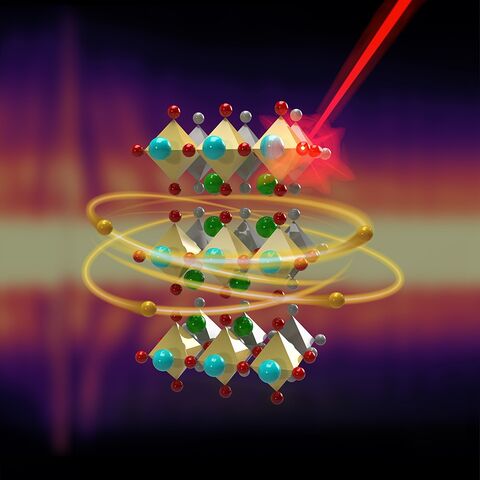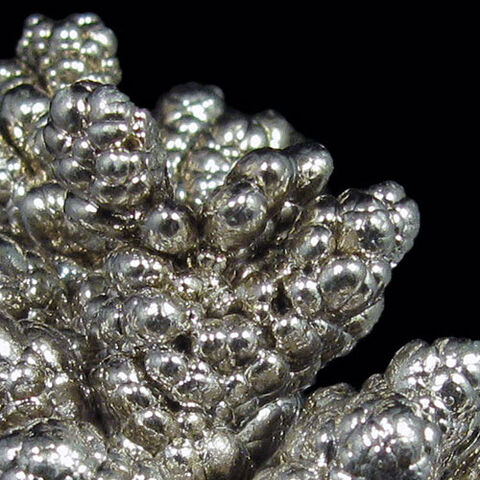News
February 13, 2024
Researchers led by Cornell have discovered an unusual phenomenon in a metal-insulating material, providing valuable insights for the design of materials with new properties by way of faster switching between states of matter.
The paper’s co-authors include Kyle Shen, the James A. Weeks Professor of Physical Sciences in the College of Arts and Sciences.
https://www.nature.com/articles/s41567-024-02396-1
February 6, 2024
“One obvious place to look is nickel because nickel is right next to copper on the periodic table,” said Kyle Shen, the professor who oversaw the project led by postdoctoral fellow Christopher Parzyck. “So people thought maybe we can do some material synthesis magic and make nickel-bearing compounds sort of like cuprates. That idea existed 30 years ago. The reason it took so long to realize is it turns out nickelate superconductors are hard to make.”
February 1, 2024
Christopher Parzyck had done everything right.
Parzyck, Ph.D. ’23, a postdoctoral researcher, had brought his nickelate samples – a newly discovered family of superconductors – to a synchrotron beamline for x-ray scattering experiments. He was measuring his samples, which he’d synthesized with a new method, in the hope of detecting the suspected presence of “charge ordering” – a phenomenon in which electrons self-organize into periodic patterns. The phenomenon has been linked to high-temperature superconductivity.
But there was no significant charge order in his samples. None.
March 15, 2023
Imagine a patch of material an inch across – wide enough to handle – but only one atomic layer thick.
“It’s a simple concept, really,” said Paul Malinowski, a Klarman Fellow in physics in the College of Arts and Sciences. “You pull on it.”





